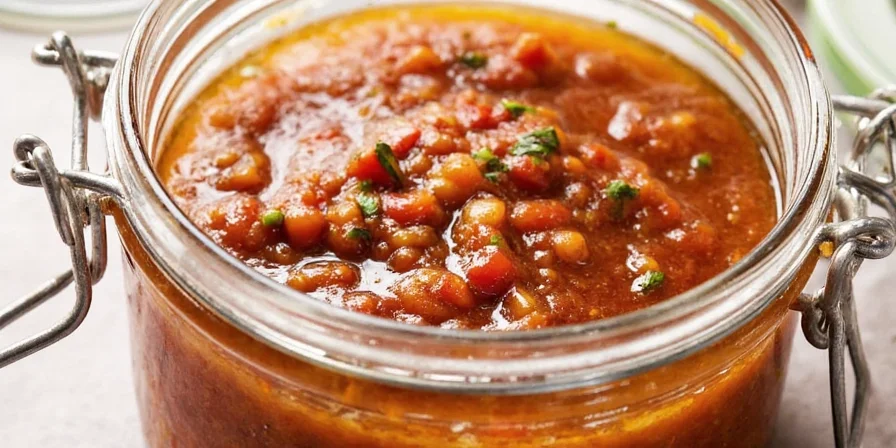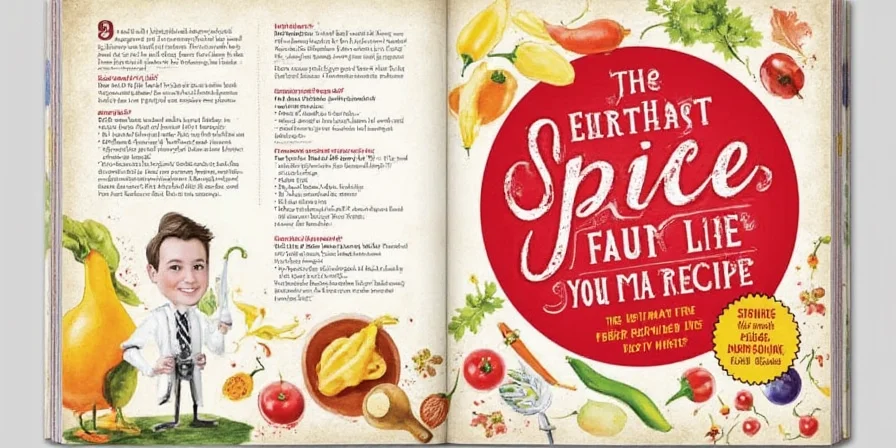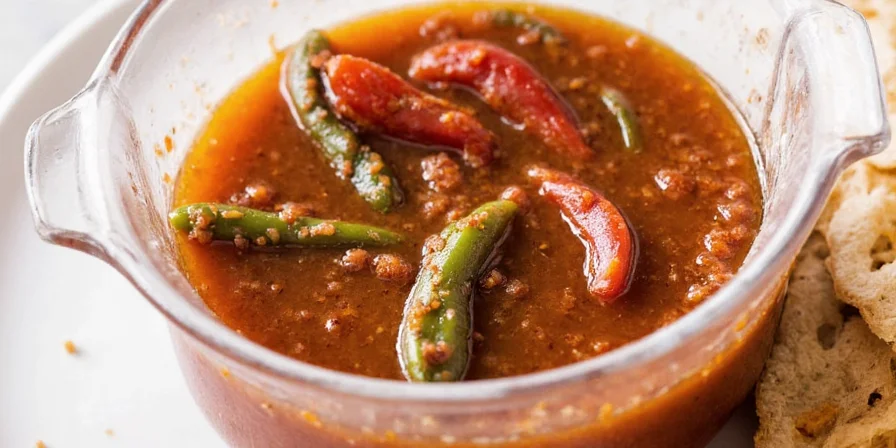Looking for the perfect pepper relish recipe? You've found it. This guide delivers exactly what home cooks need: a simple, reliable method for making delicious pepper relish at home with pantry staples. No confusing jargon—just clear instructions, practical storage tips, and the best food pairings that actually work.
Quick Pepper Relish Recipe (Ready in 30 Minutes)
Here's the simplest method most home cooks need. This basic pepper relish recipe serves 4 and requires just 6 ingredients you likely already have:
- 2 cups mixed bell peppers (finely chopped)
- 1/2 cup white vinegar (5% acidity)
- 1/4 cup sugar
- 1 small onion (diced)
- 1 teaspoon salt
- 1/2 teaspoon mustard seeds
- Combine all ingredients in a saucepan
- Simmer for 20 minutes on medium heat
- Cool completely before storing
- Refrigerate in airtight container (lasts 3 weeks)

What Is Pepper Relish? (Simple Explanation)
Pepper relish is a tangy condiment made from finely chopped peppers cooked in vinegar and sugar. Unlike salsa, it's smoother in texture and more intensely flavored—perfect for sandwiches, grilled meats, and cheese boards. The key difference? Relish is cooked down until thick, while salsas stay fresh and chunky.
Pepper Types & Heat Levels Made Simple
Choose your heat level wisely with this quick reference. Most beginners start with bell peppers and work their way up:
| Pepper Type | Heat Level | Best For | Beginner Tip |
|---|---|---|---|
| Bell Peppers | Mild (0 SHU) | Kids, sandwiches | Remove white ribs for sweeter taste |
| Jalapeños | Medium (2,500-8,000 SHU) | Tacos, burgers | Remove seeds to cut heat by 80% |
| Hatch Chilies | Medium-Hot (1,000-8,000 SHU) | Southwest dishes | Roast first for smokier flavor |
| Habaneros | Hot (100,000-350,000 SHU) | Experienced cooks | Use gloves when handling |
Top 5 Ways to Use Pepper Relish
Stop wasting your relish on just hot dogs! These proven pairings work every time:
- Grilled Chicken: Mix 2 tbsp relish with mayo for instant sandwich spread
- Cheese Boards: Balances sharp cheddar or blue cheese perfectly
- Deviled Eggs: Add 1 tsp to yolk filling for tangy kick
- Grain Salads: Stir into couscous or quinoa for quick flavor boost
- Marinades: Combine with olive oil for tender grilled meats

Homemade vs Store-Bought: Real Comparison
You'll save money and get better flavor making your own. Here's what actually matters:
| Factor | Homemade | Store-Bought |
|---|---|---|
| Cost per Jar | $1.50 (with garden peppers) | $4.99 average |
| Flavor Control | Adjust heat/sweetness to taste | Fixed formula |
| Shelf Life | 3 weeks refrigerated | 6 months unopened |
| Ingredients | Real food only | Preservatives common |
3 Critical Storage Tips Most People Get Wrong
- Air is the enemy: Always press plastic wrap directly on relish surface before sealing container
- Vinegar matters: Must use 5% acidity vinegar for safe preservation (check bottle label)
- No canning needed: Refrigeration is sufficient for small batches used within 3 weeks

Frequently Asked Questions
How do I make pepper relish less spicy?
Remove all seeds and white membranes from hot peppers—they contain 80% of the heat. For existing relish, add 1 tsp honey per cup and simmer 5 minutes.
What's the difference between relish and chutney?
Relish has finely chopped vegetables in vinegar with minimal sugar. Chutney is sweeter, thicker, and uses longer cooking—common in Indian cuisine.
Can I use frozen peppers for relish?
Yes! Thaw completely and pat dry first. Reduce added liquid by 25% since frozen peppers release more water.
Why does my relish get watery?
This happens when vegetables release moisture. Prevent it by salting chopped peppers for 30 minutes before cooking and using proper vinegar concentration.
How long does homemade relish last?
Refrigerated in airtight container: 3 weeks. For longer storage, process in canning jars (lasts 1 year).











 浙公网安备
33010002000092号
浙公网安备
33010002000092号 浙B2-20120091-4
浙B2-20120091-4